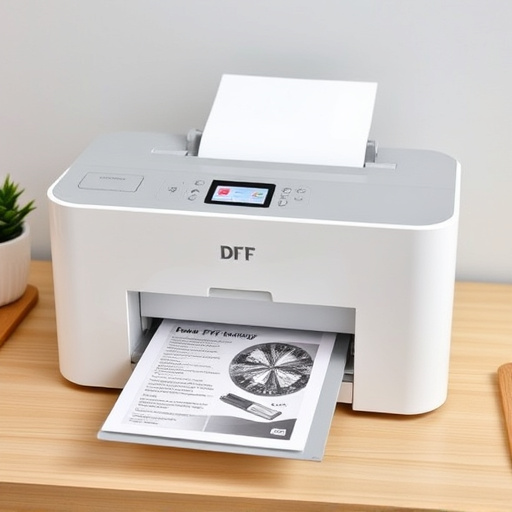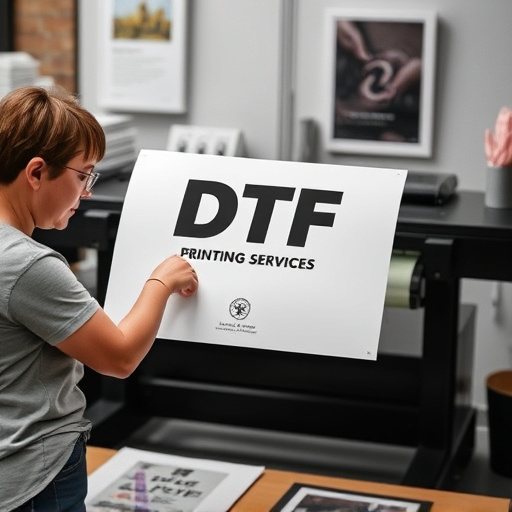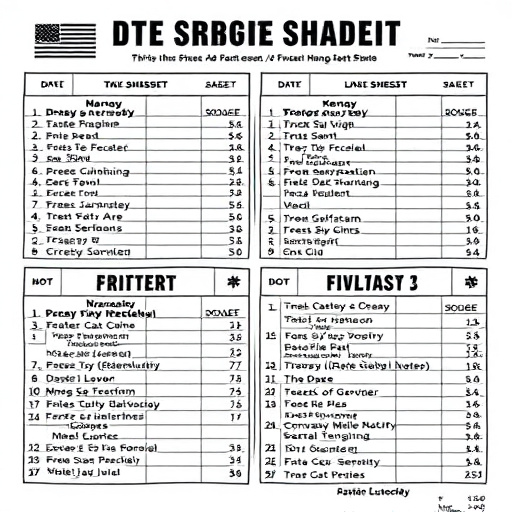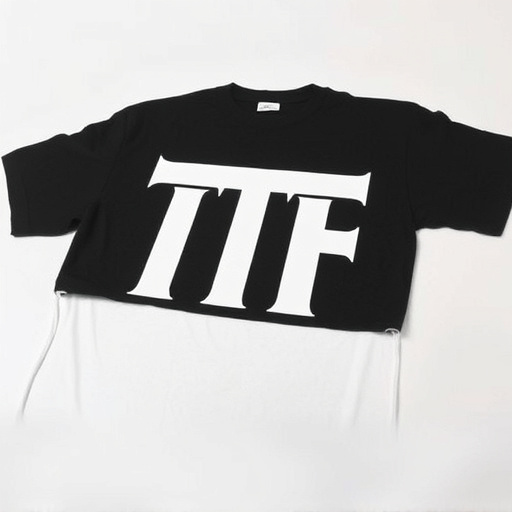DTF Transfer Sheets are advanced materials for printing and decorating fabrics, especially in apparel. Using direct-to-fabric technology, they enable precise, vibrant color transfer to cotton, polyester, and blends. Popular for custom graphic tees due to versatility, cost-effectiveness, faster production, and on-demand print quality. High-quality results require proper preparation: clean surface, suitable press, equipment calibration, and design verification. Pressing techniques involve preheating, consistent pressure (30-45 seconds), and avoiding over-pressing for crisp transfers.
Unleash the potential of DTF Transfer Sheets with our comprehensive guide on best practices. These innovative sheets are transforming the way we print, offering precise color reproduction and unparalleled flexibility. From understanding the materials and their diverse uses to mastering pre-pressing preparation and pressing techniques, this article equips you with the knowledge for achieving optimal results. Elevate your printing game with DTF Transfer Sheets today!
- Understanding DTF Transfer Sheets: Materials and Uses
- Pre-Pressing Preparation: Essential Steps for Success
- Pressing Techniques: Achieving Optimal Results
Understanding DTF Transfer Sheets: Materials and Uses

DTF Transfer Sheets are specialized materials designed to facilitate the process of printing and decorating various surfaces, particularly in the apparel industry. These sheets use direct-to-fabric (DTF) technology, which allows for precise and vibrant color transfer onto fabrics like cotton, polyester, and blends. The primary function is to enable businesses and artisans to create custom graphic tees and other apparel items with intricate designs and detailed imagery.
The sheets consist of a carrier film that holds the design in place during the heating process, ensuring the ink or dye seamlessly transfers to the fabric below. This method offers several advantages over traditional printing techniques, including faster production times, cost-effectiveness for smaller batches, and the ability to produce high-quality, long-lasting prints on demand. DTF for apparel has gained immense popularity due to its versatility and suitability for a wide array of creative applications.
Pre-Pressing Preparation: Essential Steps for Success
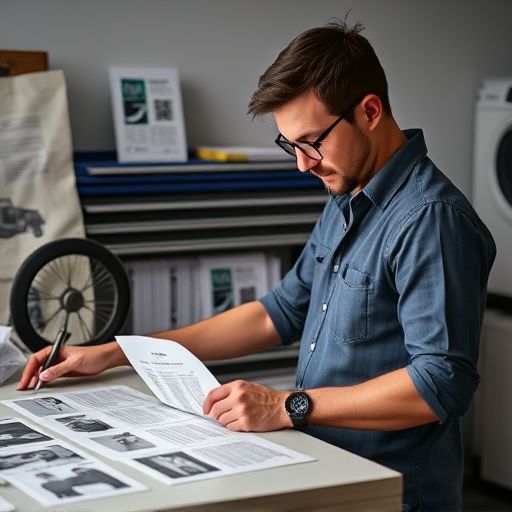
Before pressing DTF Transfer Sheets, proper preparation is key to achieving high-quality results. Start by ensuring your work surface is clean and free from debris or contaminants that could affect the transfer process. Invest in a suitable press machine designed for DTF applications; its quality will impact the overall efficiency and longevity of your projects. Calibrate your equipment according to the manufacturer’s guidelines, especially the temperature and pressure settings, as these are critical for successful transfers.
Create a checklist for your pre-pressing routine: double-check the design files for any errors or missing elements, confirm that the DTF sheets are compatible with your chosen fabric types, and prepare the custom t-shirts or other materials by washing them if necessary to ensure optimal absorption of the transfer. This meticulous preparation will set the stage for a seamless pressing process, ensuring exceptional outcomes in your bulk DTF shirt production.
Pressing Techniques: Achieving Optimal Results
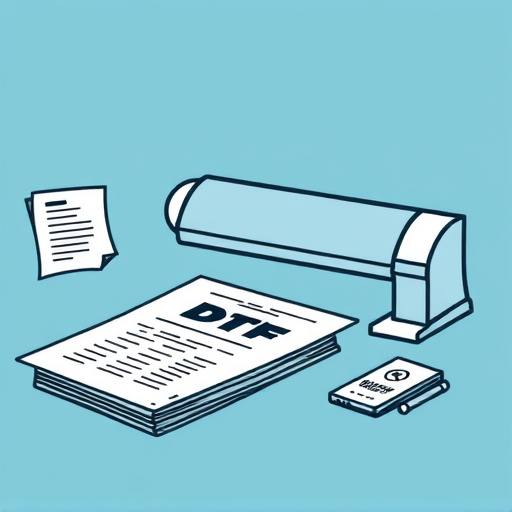
Pressing techniques play a crucial role in achieving optimal results when working with DTF Transfer Sheets. The key lies in understanding the heat and pressure required for each fabric type, as well as the timing of the press. For best results with DTF transfers, start by preheating your press to the recommended temperature, ensuring it’s suitable for the specific fabric or material you’re using, whether it’s for custom graphic tees or other products.
Apply consistent and even pressure on the sheet during the pressing process, typically around 30-45 seconds. Avoid over-pressing, which can cause damage to the design or fabric. After pressing, carefully remove the sheet to reveal a crisp, clear transfer. Practice and precision are essential; consistent technique will yield superior DTF printing outcomes for your custom graphic tees and other items.
DTF (Direct to Film) Transfer Sheets offer a versatile and efficient method for printing on various materials. By following best practices outlined in this article, including understanding the sheets’ properties, preparing your workspace, and mastering pressing techniques, you can achieve high-quality results consistently. These strategies ensure optimal adhesion and durability for your DTF Transfer Sheets, opening up a world of creative possibilities for custom printing and design applications.


